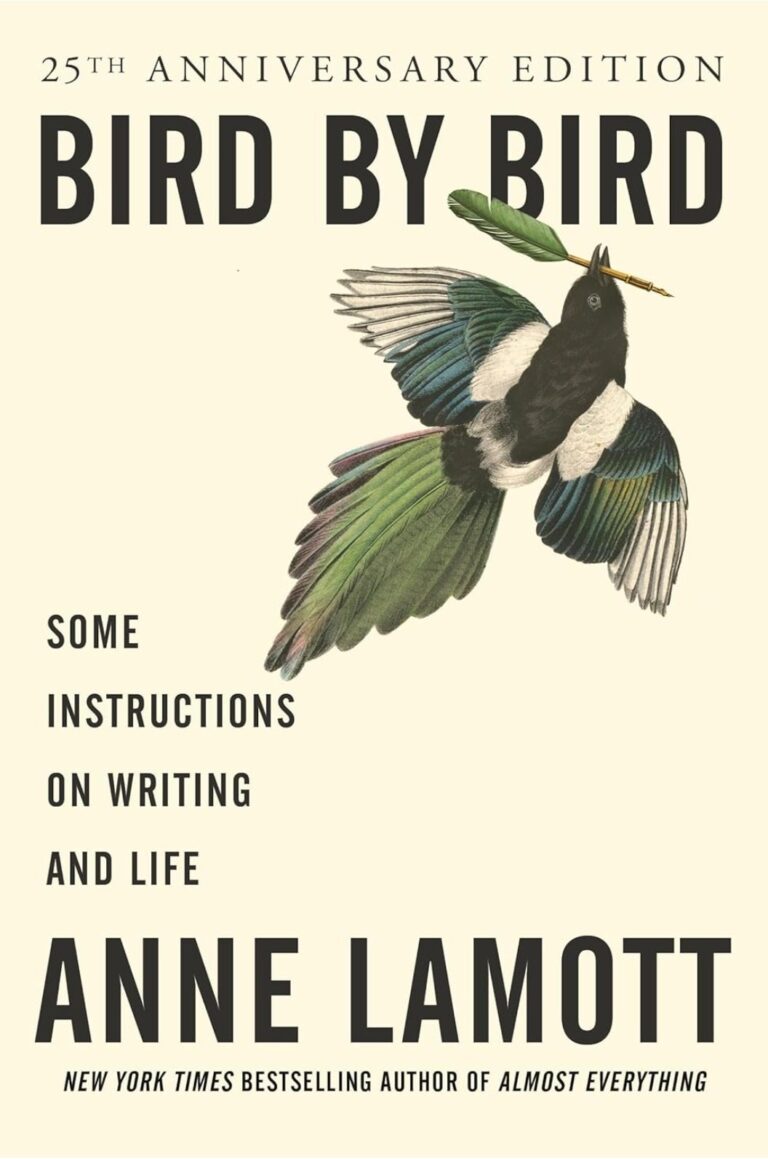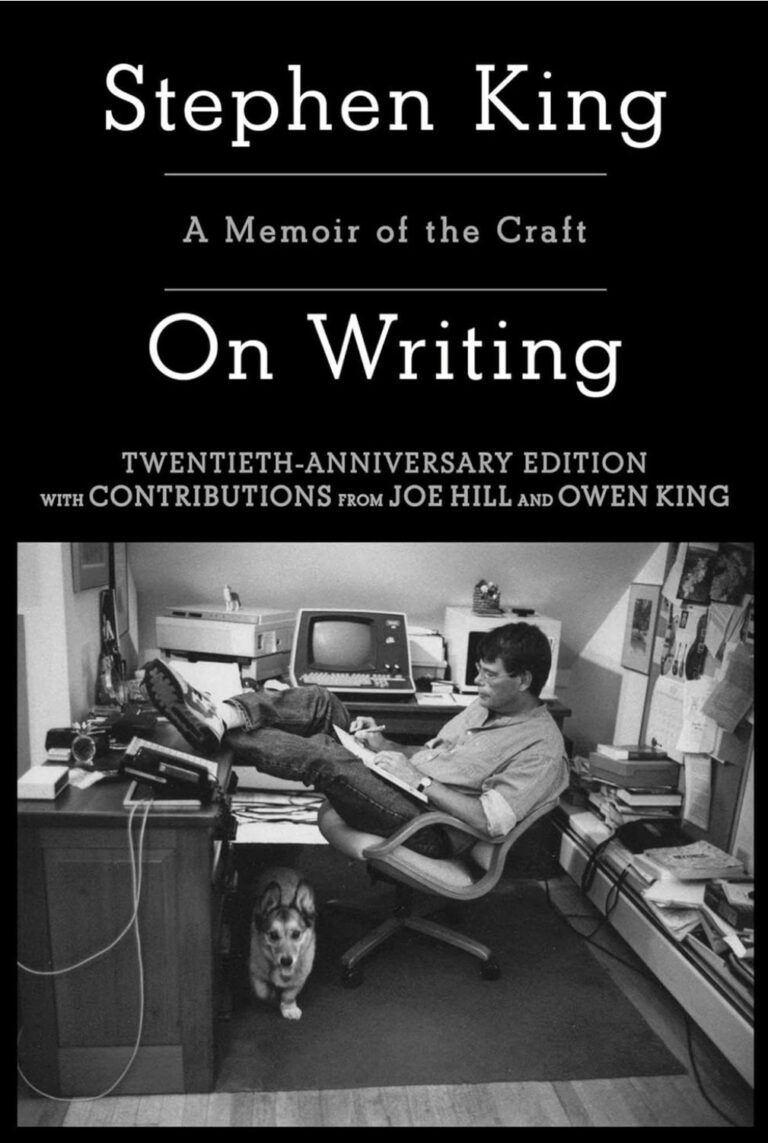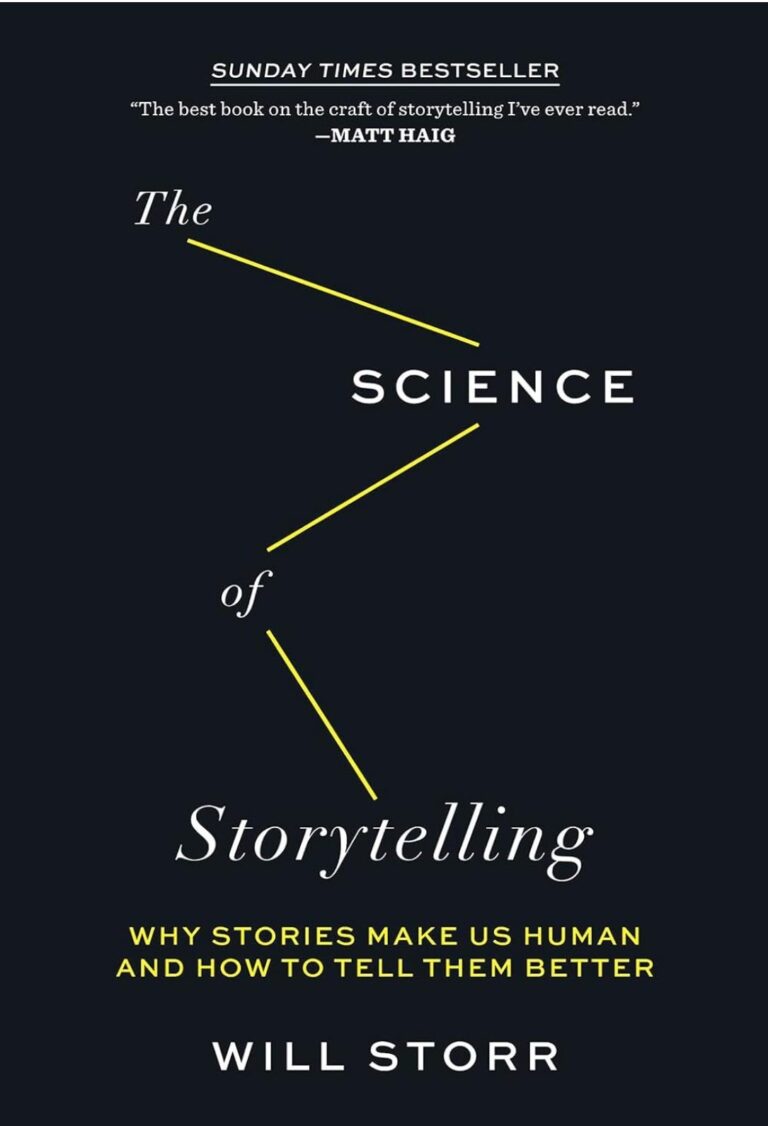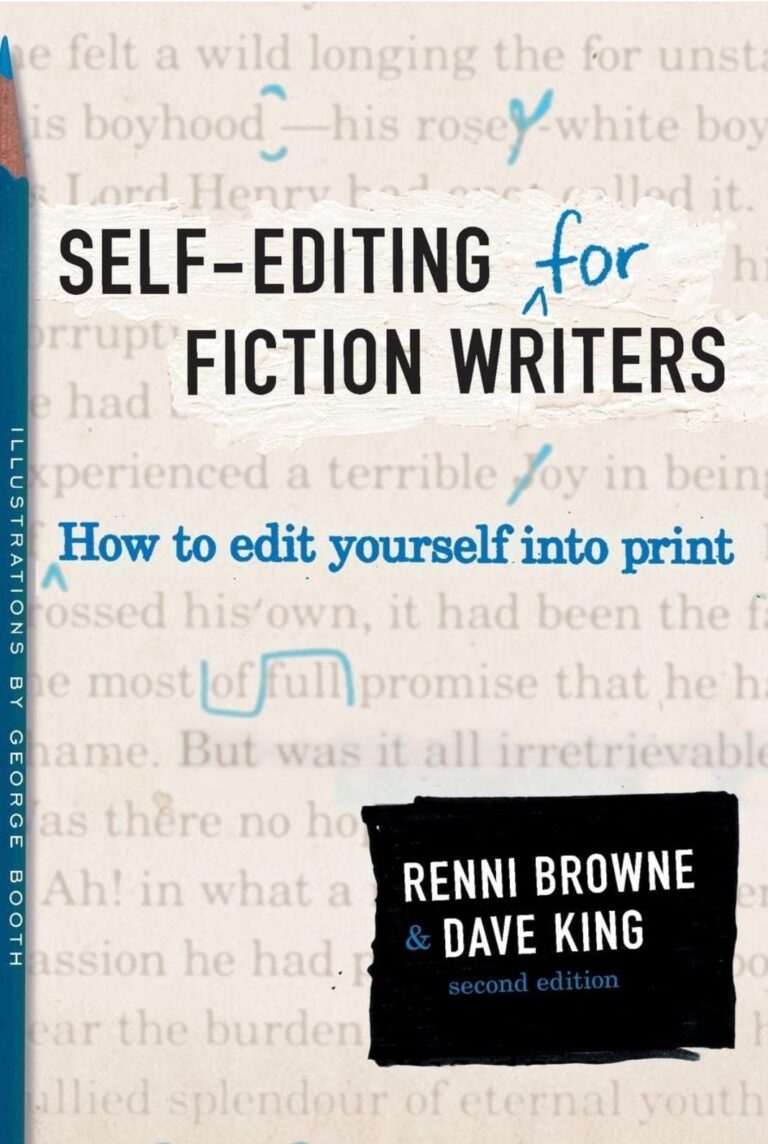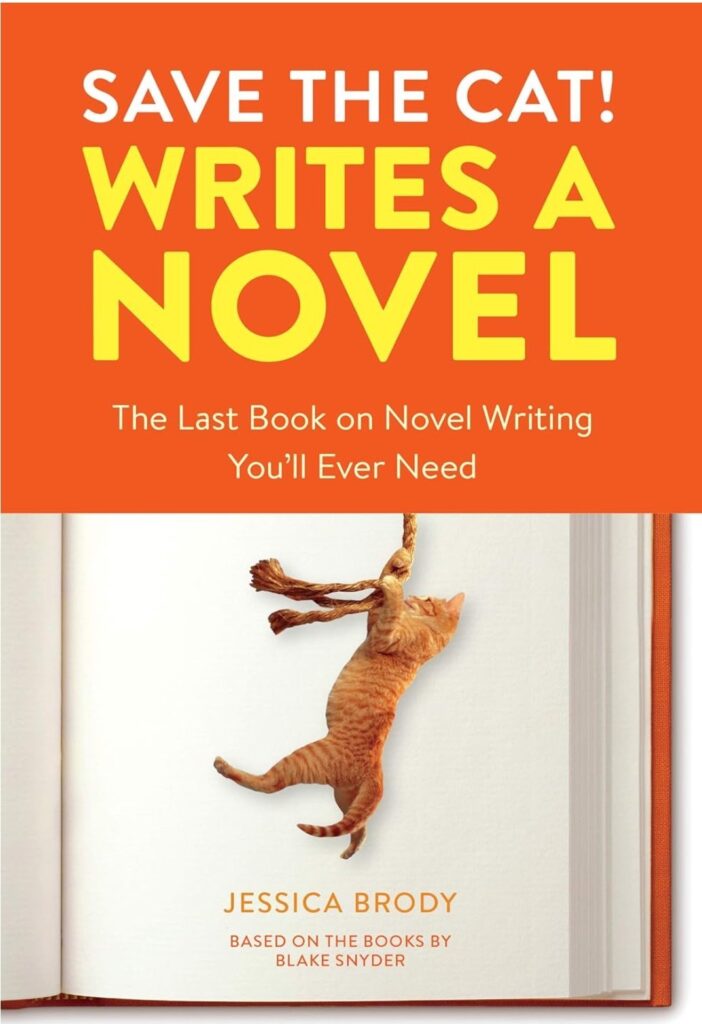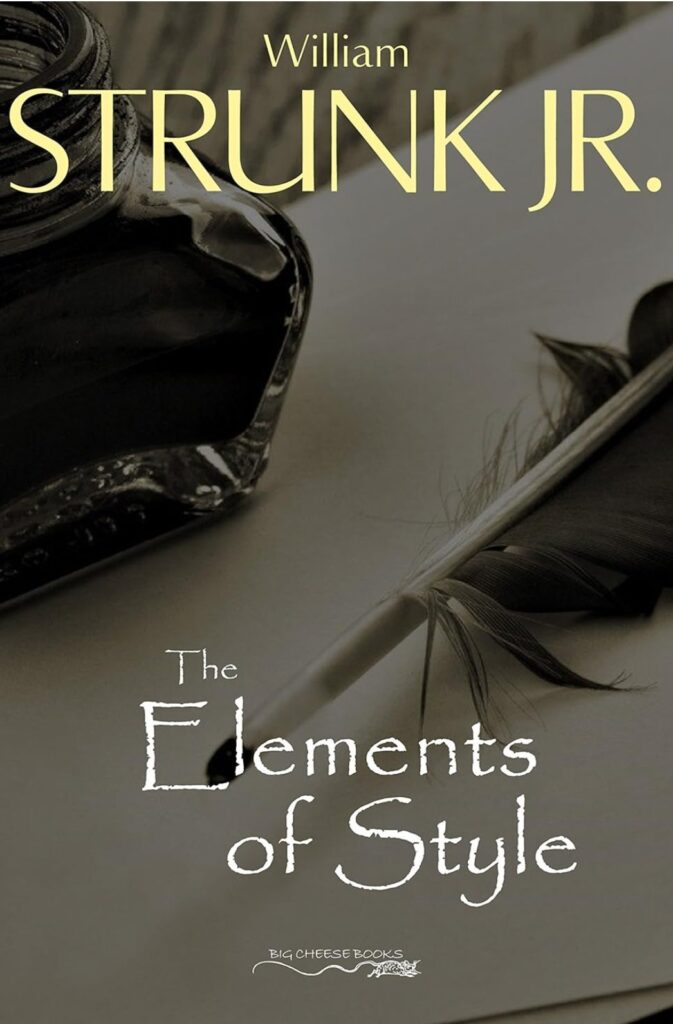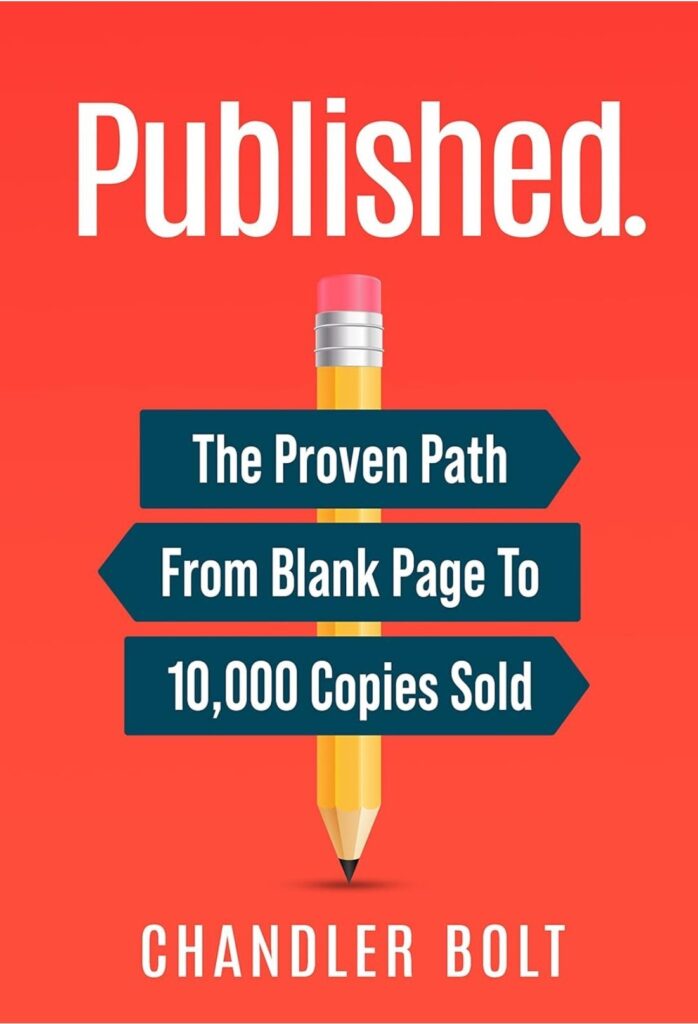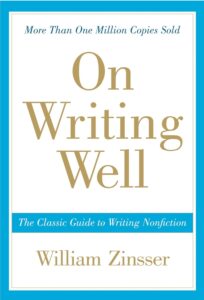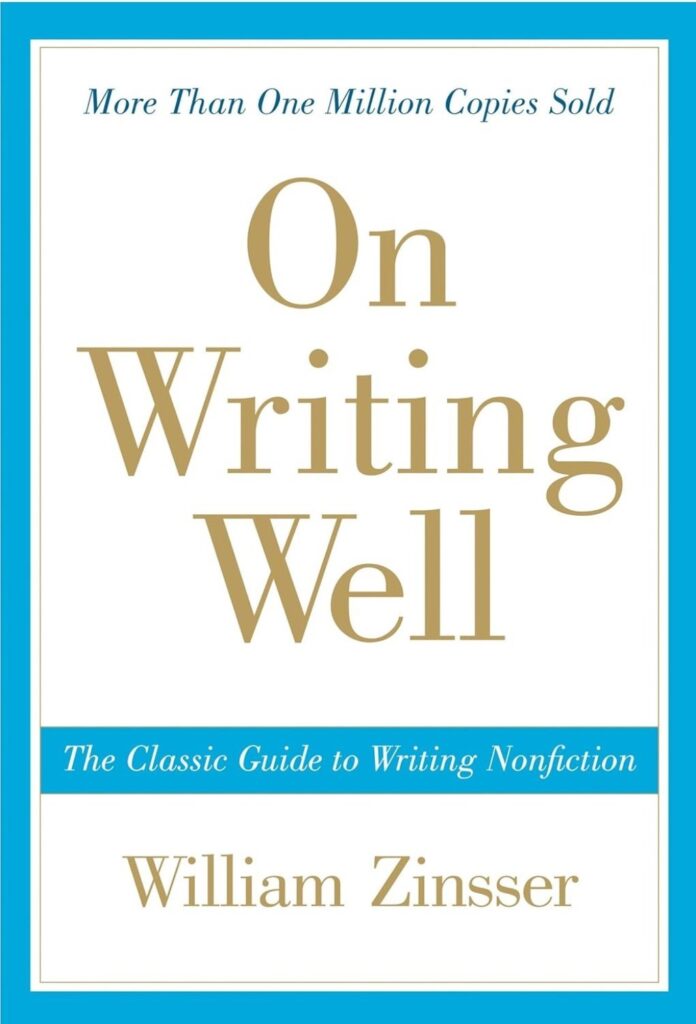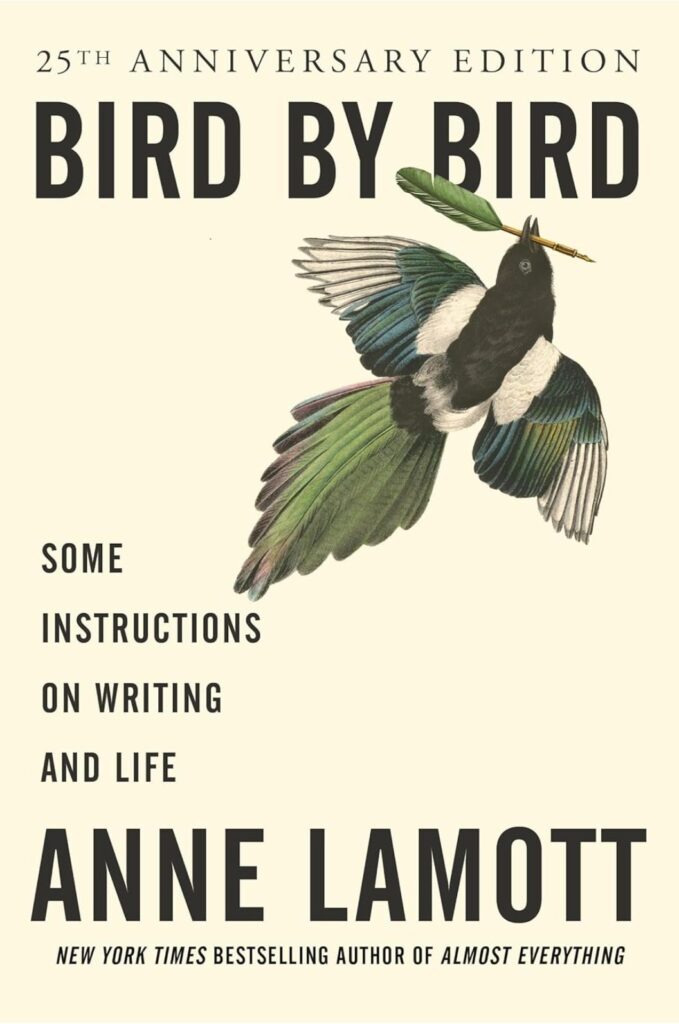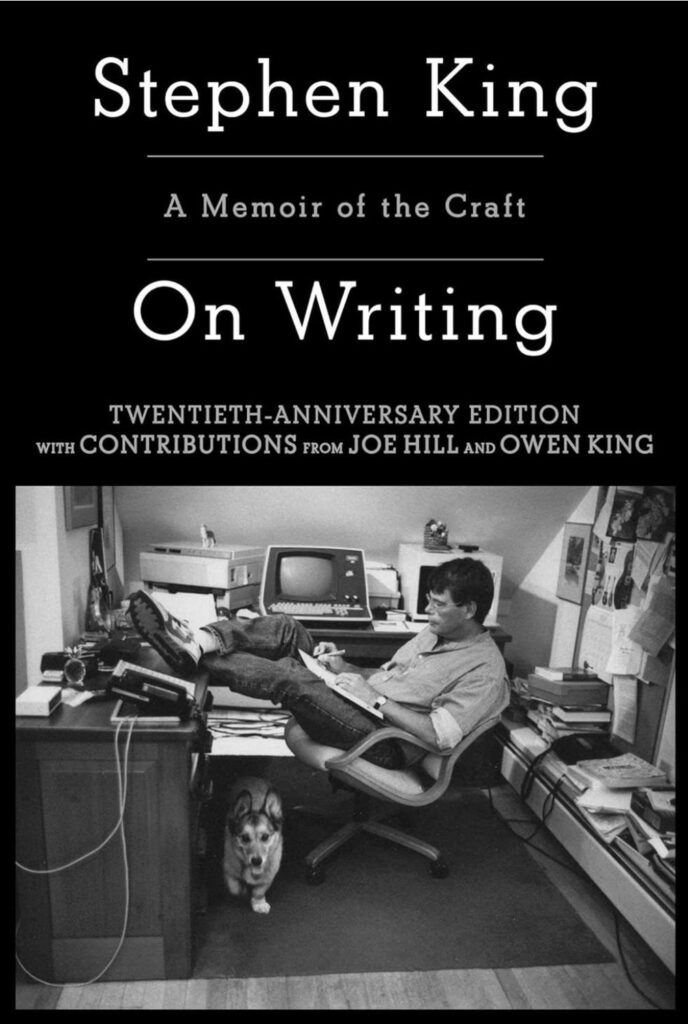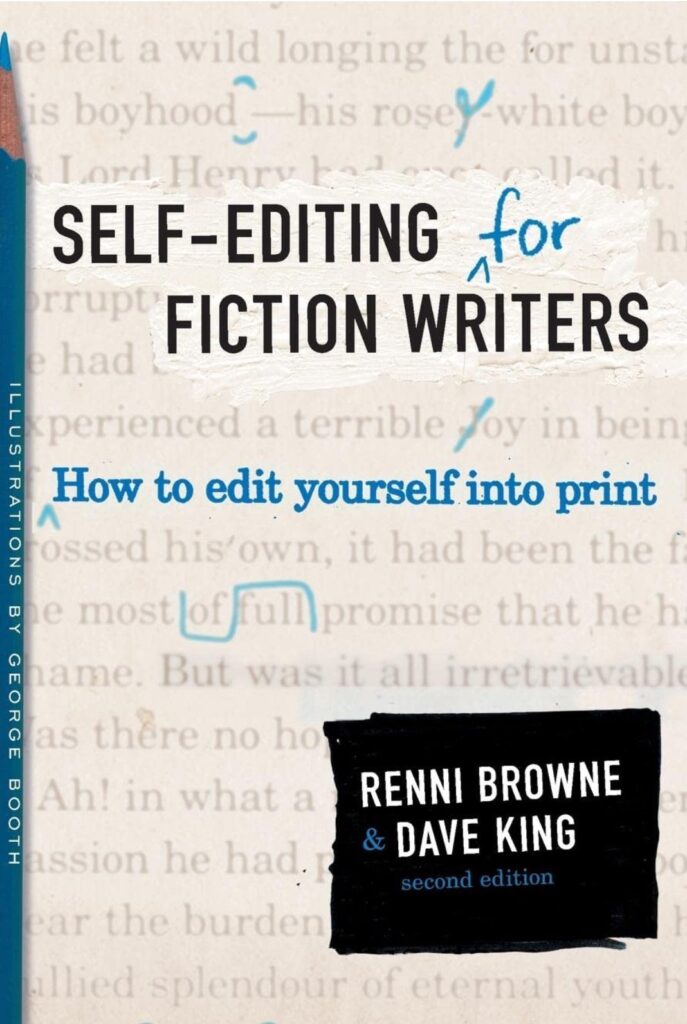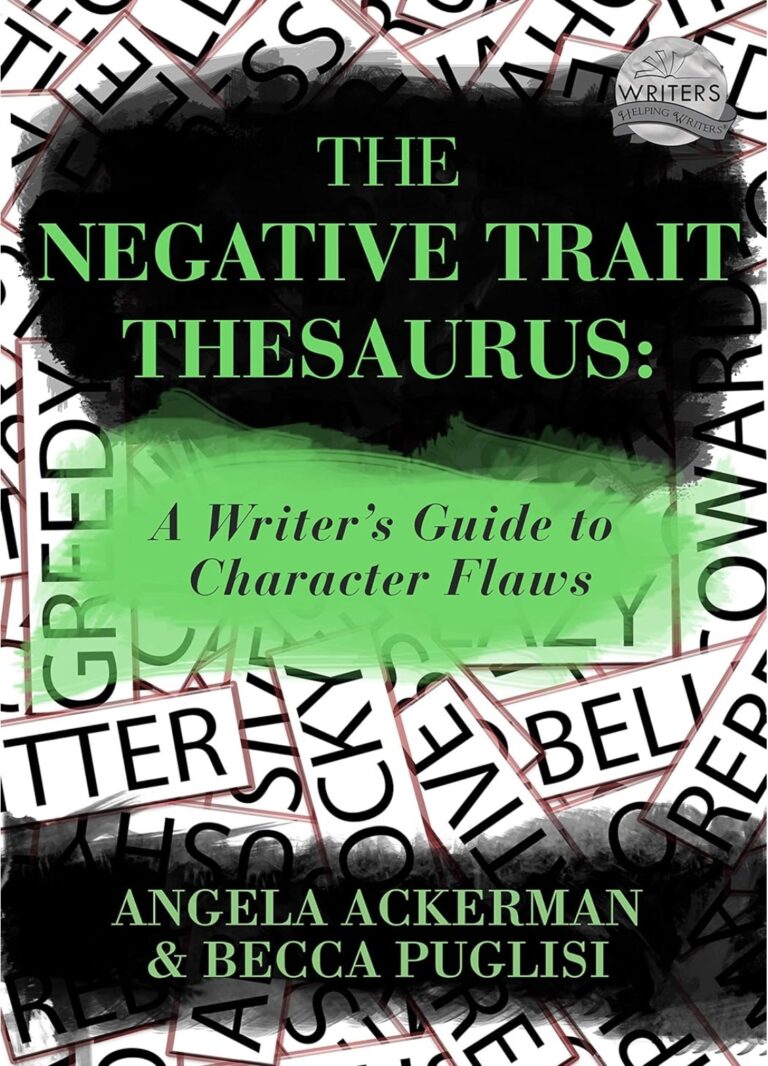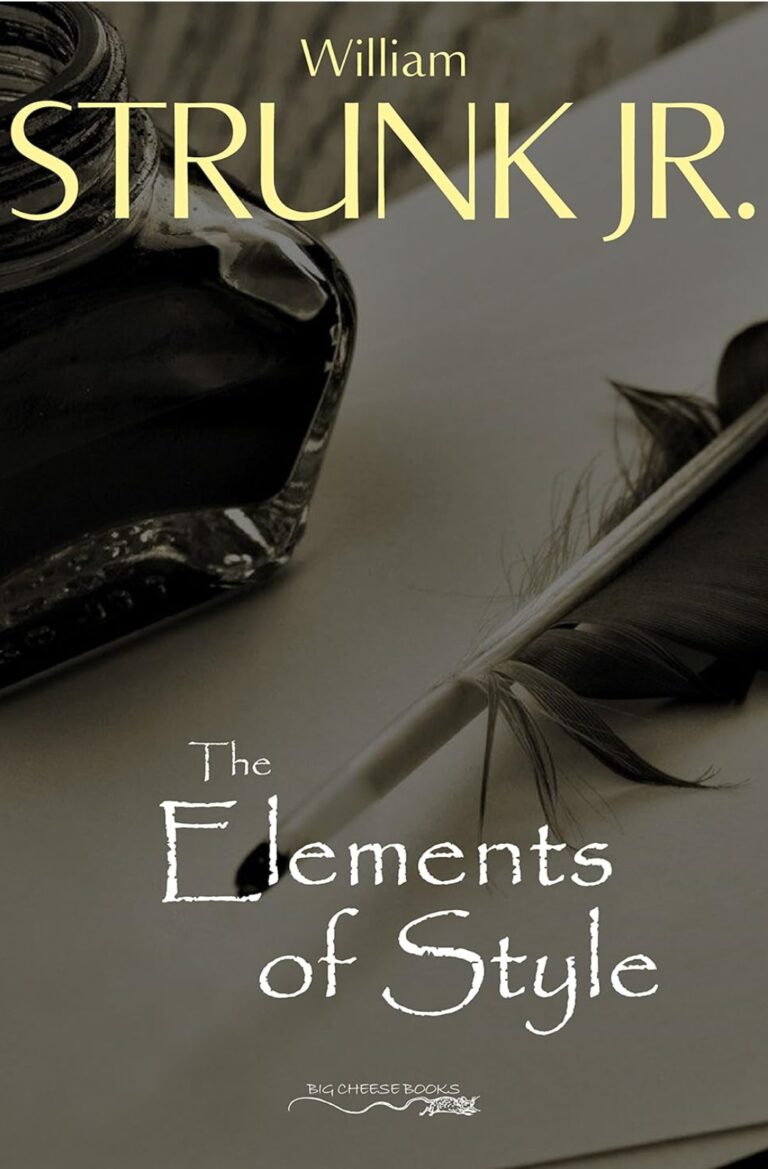Hi, writer friend! Let’s talk about plot structure.
Every great romance starts with a solid foundation. Plot structure is what holds your story together. It’s what keeps readers hooked, turning the pages, and swooning over your characters.
As someone who writes insta-love stories filled with alien farmhands and supernatural twists, I know how tricky it can be to balance romance, conflict, and pacing. But a well-structured plot can make all the difference. So let’s dive in and build stories your readers won’t forget.
Table of Contents
ToggleWhy Plot Structure Matters
A good plot isn’t just a sequence of events. It’s a journey. It’s about creating an emotional rollercoaster that leaves readers breathless.
In romance, your plot needs to do more than tell a love story. It needs to create tension, spark chemistry, and deliver a satisfying resolution. That’s a lot to juggle, especially in short stories or insta-love.
But here’s the good news: with the right structure, you can do it all.
Balancing Romance and Conflict
Romance is the heart of your story, but conflict is what keeps it beating. Without conflict, your story can feel flat.
In Balancing Romance and Conflict in Alien Love Stories, I explored how to create compelling conflicts. The trick is to make the stakes personal. Maybe the alien hero is torn between duty and love. Maybe the human heroine is hiding a secret that could tear them apart.
Conflict doesn’t always have to be external. Internal struggles—like fear of vulnerability—can be just as powerful. And don’t forget to let the romance shine through. Even in the midst of conflict, your characters should always be drawn to each other.
Structuring Insta-Love Stories
Insta-love is all about intensity. You need to hook readers fast and make them believe in the connection.
In Structuring Insta-Love Stories for Maximum Impact, I shared tips for crafting tight, engaging plots. Start with the spark—maybe it’s a chance meeting, an electric touch, or a look that says everything. From there, build the relationship step by step.
One of my favorite techniques is layering. Let the characters discover small, intimate details about each other. Maybe the hero notices the heroine’s nervous habit of twisting her ring. Maybe she sees the softness behind his gruff exterior. These moments create depth and make the insta-love feel real.
Adding Suspense and Action
Romance doesn’t have to be all candlelit dinners and whispered confessions. Adding suspense or action can take your story to the next level.
In Incorporating Suspense and Action in Paranormal Romance, I talked about blending high-stakes drama with emotional intimacy. Maybe your characters are running from danger while falling in love. Or maybe the suspense comes from the tension between them—like a forbidden romance or a secret waiting to be revealed.
The key is balance. Let the action drive the plot, but don’t lose sight of the romance. Even in the most intense scenes, your characters should always be aware of each other.
Crafting Tight, Engaging Plots
Short romances don’t leave much room for detours. Every scene needs to move the story forward.
In Crafting Tight, Engaging Plots for Short Romance Novels, I shared tips for making every word count. Start with a strong opening that hooks readers immediately. Keep the pacing brisk but not rushed. And don’t forget to deliver a satisfying ending.
For me, crafting tight plots is all about focus. What’s the core of your story? Is it the emotional journey? The romantic chemistry? The external conflict? Whatever it is, make it the centerpiece and let everything else revolve around it.
Maximizing Emotional Impact
Emotions are the backbone of romance. Your plot needs to make readers feel everything—joy, heartbreak, anticipation, and love.
In How to Maximize Emotional Impact in Short Romance Novels, I shared strategies for hitting readers in the feels. One of my favorites is contrast. Show your characters at their happiest, then pull the rug out from under them. The highs will feel higher, and the lows will feel lower.
Don’t be afraid to dig deep. Let your characters be vulnerable. Let them hurt, heal, and grow. And always bring them to a place of emotional resolution.
The Role of Conflict in Insta-Love
Conflict is the spice of romance. It’s what keeps readers on the edge of their seats.
In The Role of Conflict in Insta-Love: Adding Tension to Short Stories, I explored how to create tension without dragging out the story. The key is to keep the conflict focused and personal. Maybe it’s a misunderstanding, a difference in values, or a shared trauma they need to overcome.
Whatever the conflict, make sure it serves the romance. It should challenge your characters and bring them closer together, not drive them apart.
Plot Ideas for Romantic Chemistry
Sometimes, the hardest part of plotting is coming up with ideas.
In Crafting the Perfect Insta-Love Plot: Ideas for Creating Romantic Chemistry, I shared some go-to setups. Here are a few:
- Enemies to lovers: They start out at odds but can’t deny the attraction.
- Forced proximity: They’re stuck together and can’t escape the chemistry.
- Second chances: They have a history, and now they have a chance to rewrite it.
The best plots are the ones that create opportunities for connection. Let your characters clash, collide, and come together in unexpected ways.
Final Thoughts
Plot structure is what turns a good romance into a great one. It’s what keeps readers invested, emotionally engaged, and desperate to know what happens next.
Whether you’re writing insta-love, paranormal romance, or short stories, remember that every plot is a journey. Take your readers on a ride they’ll never forget. And don’t forget to check out the linked posts for even more tips and inspiration.
You’ve got this. Happy plotting!


















